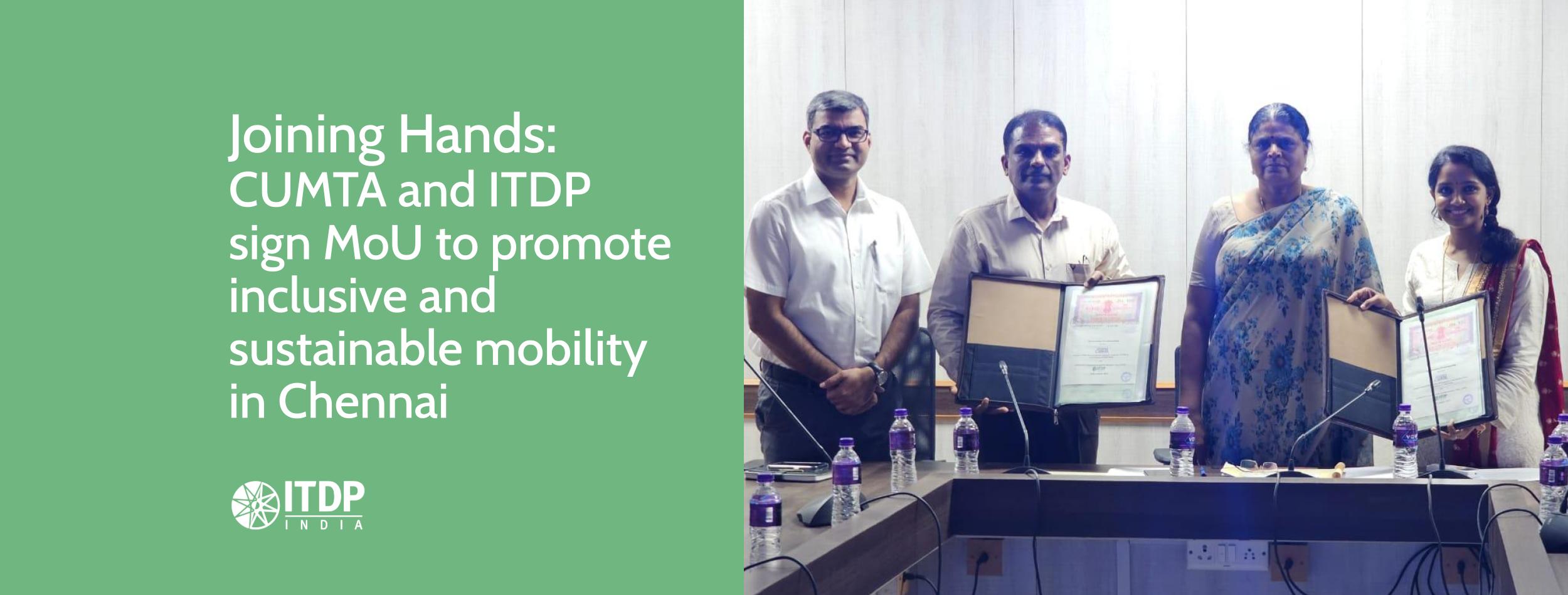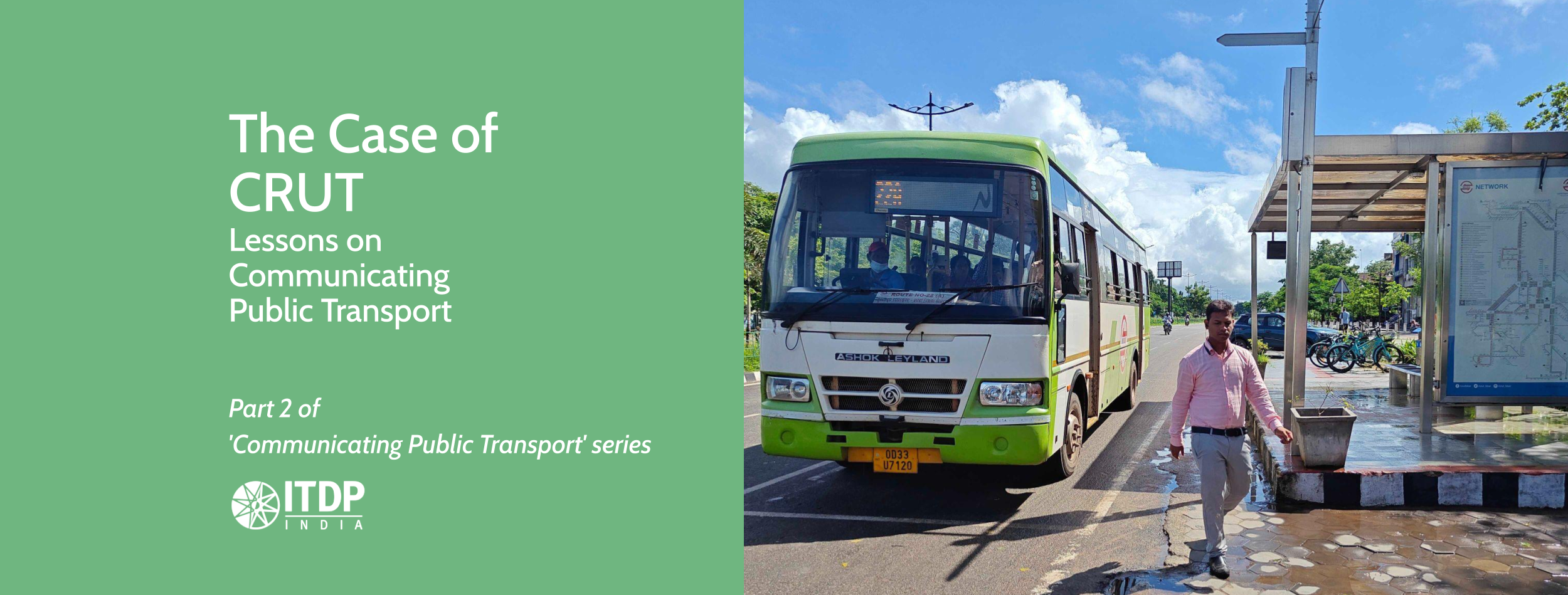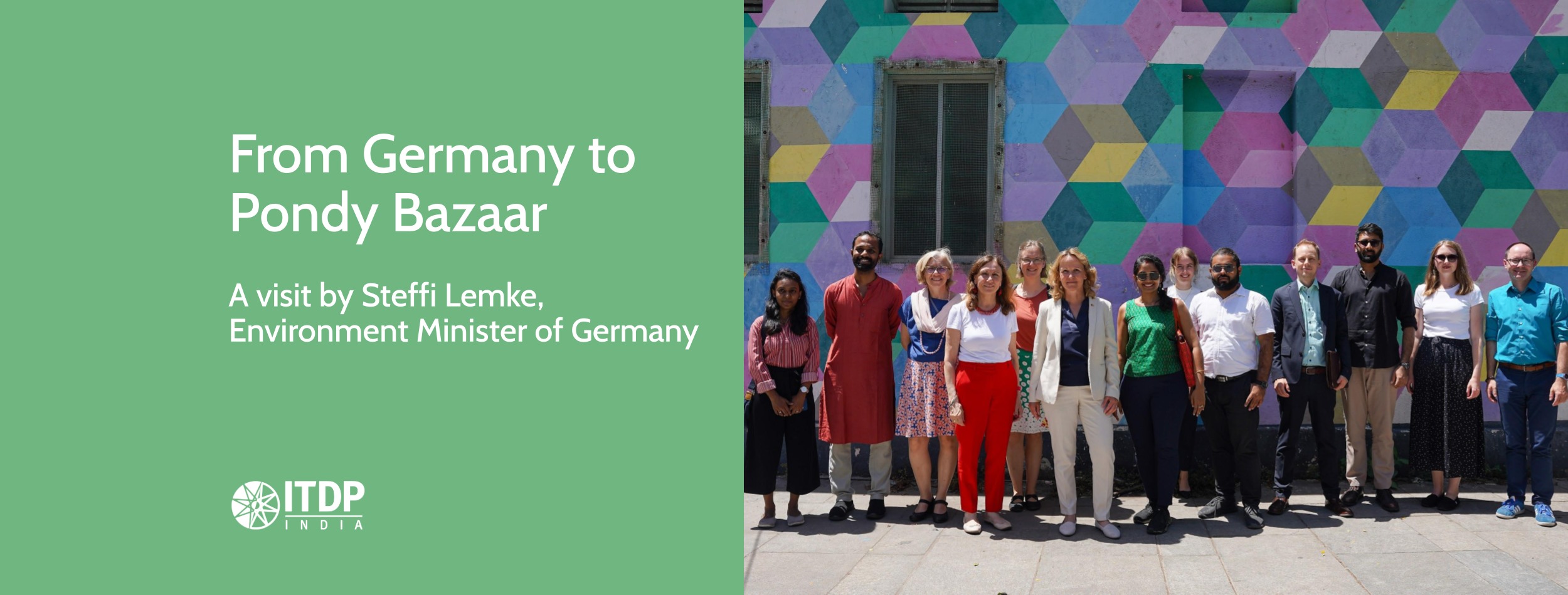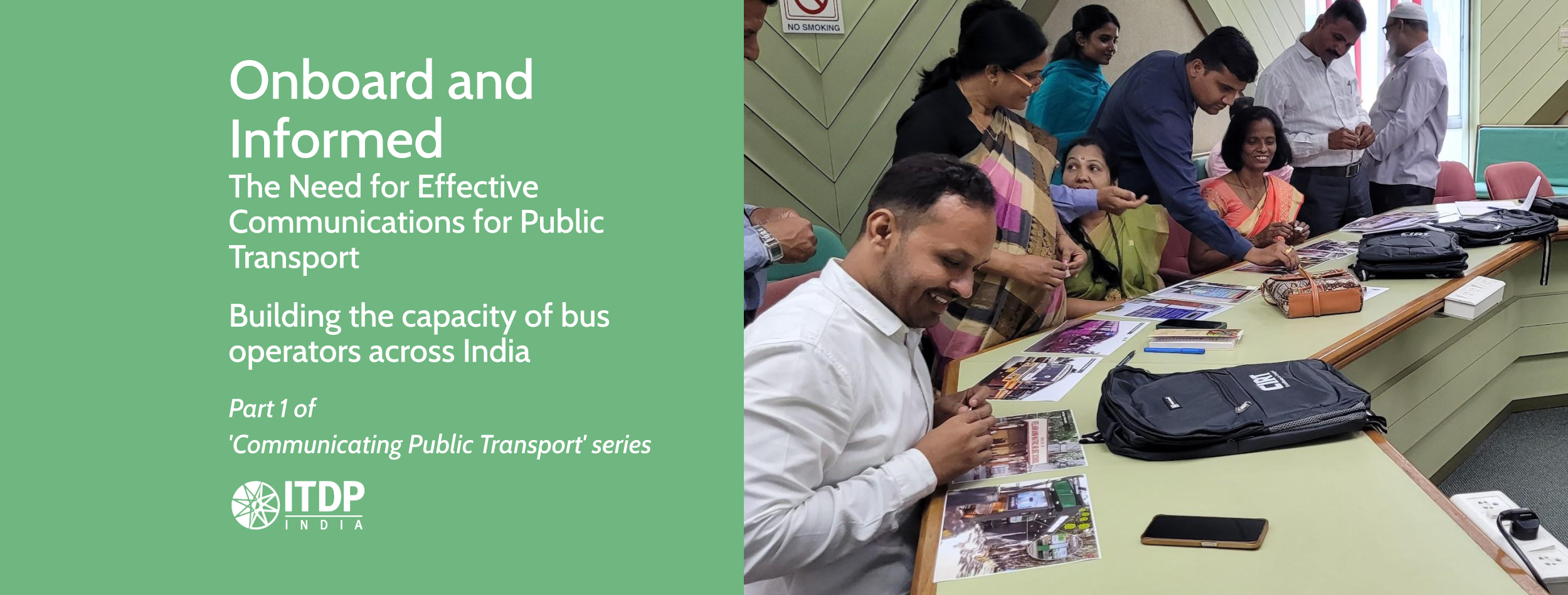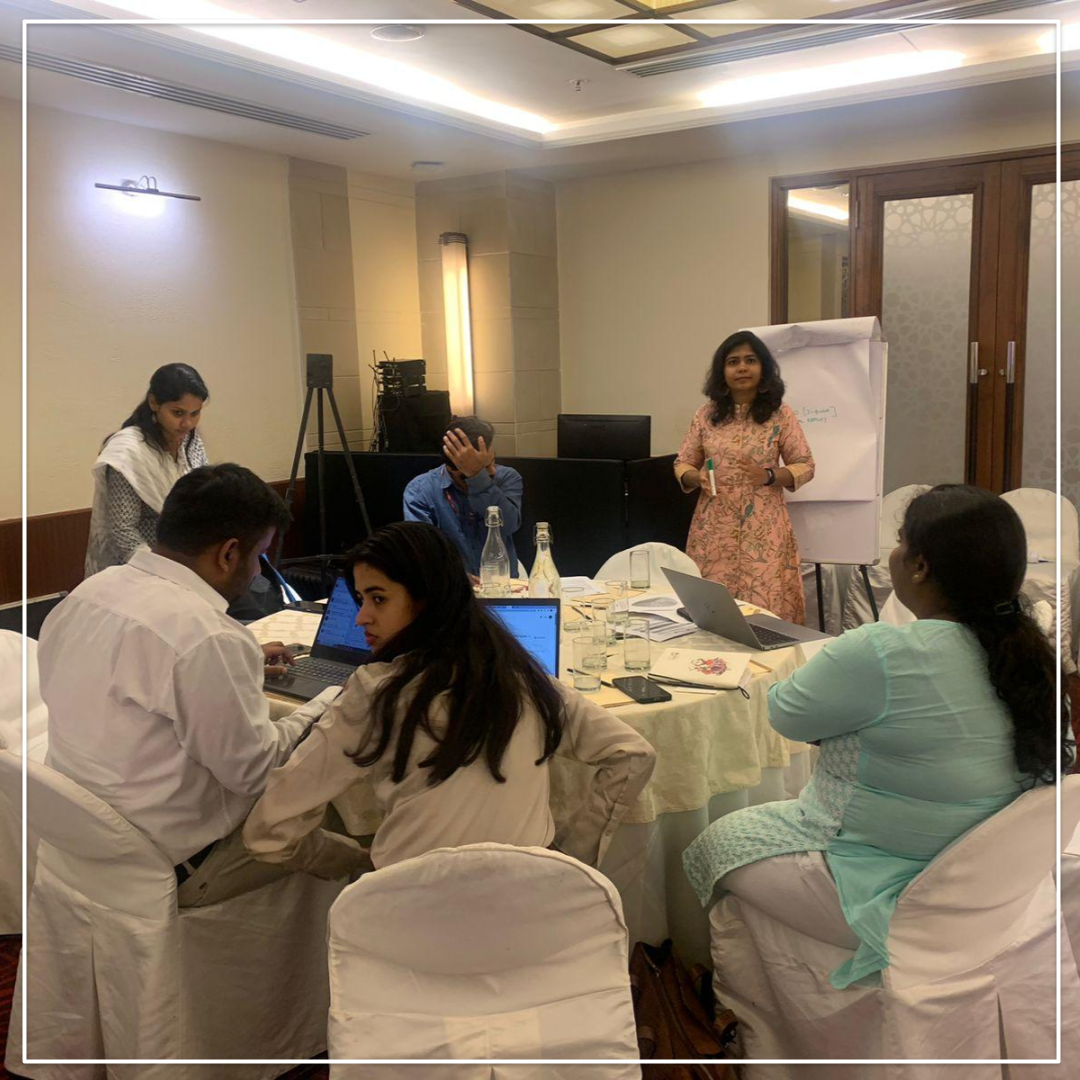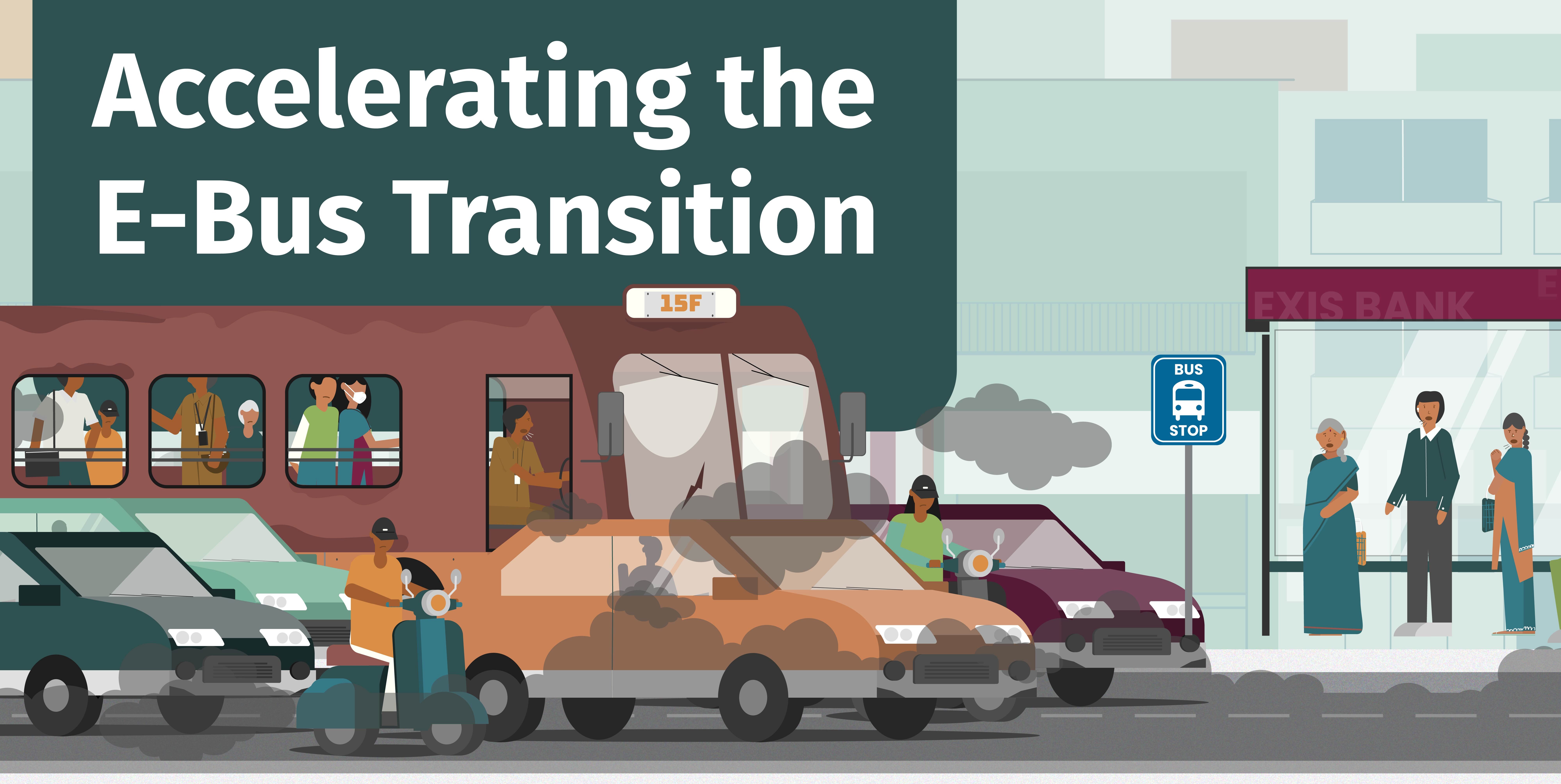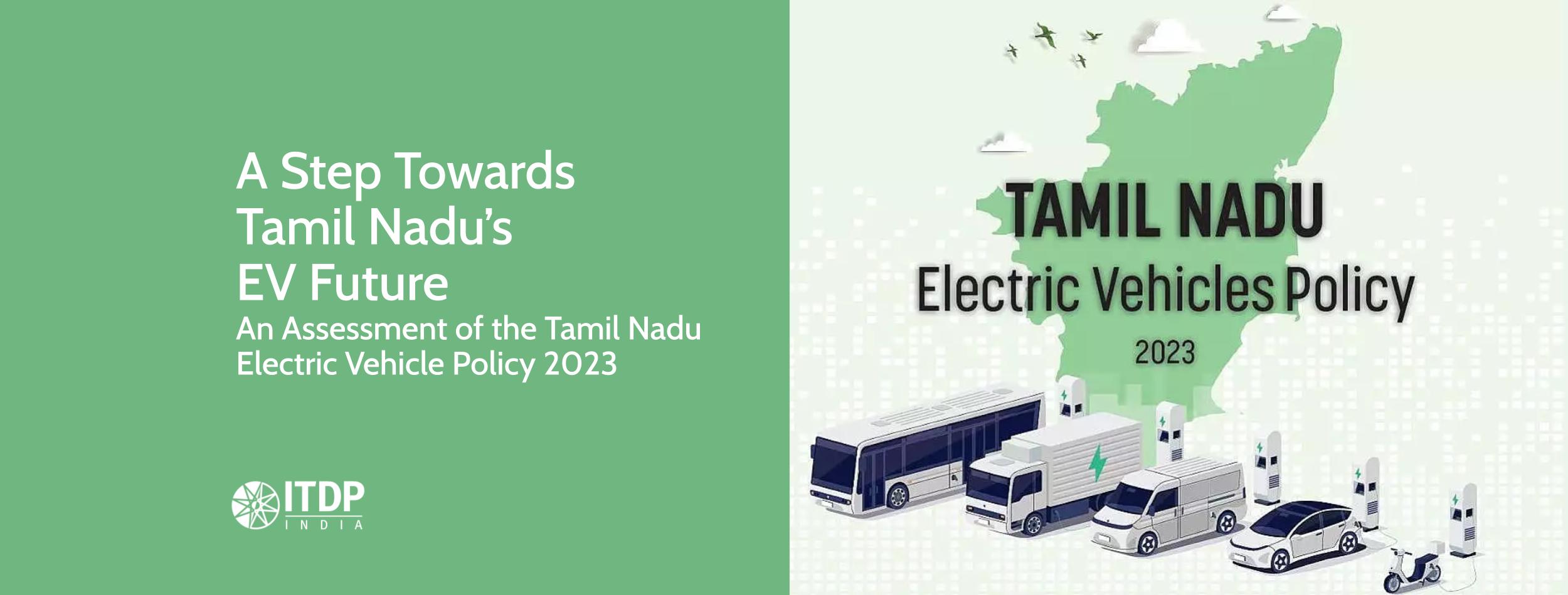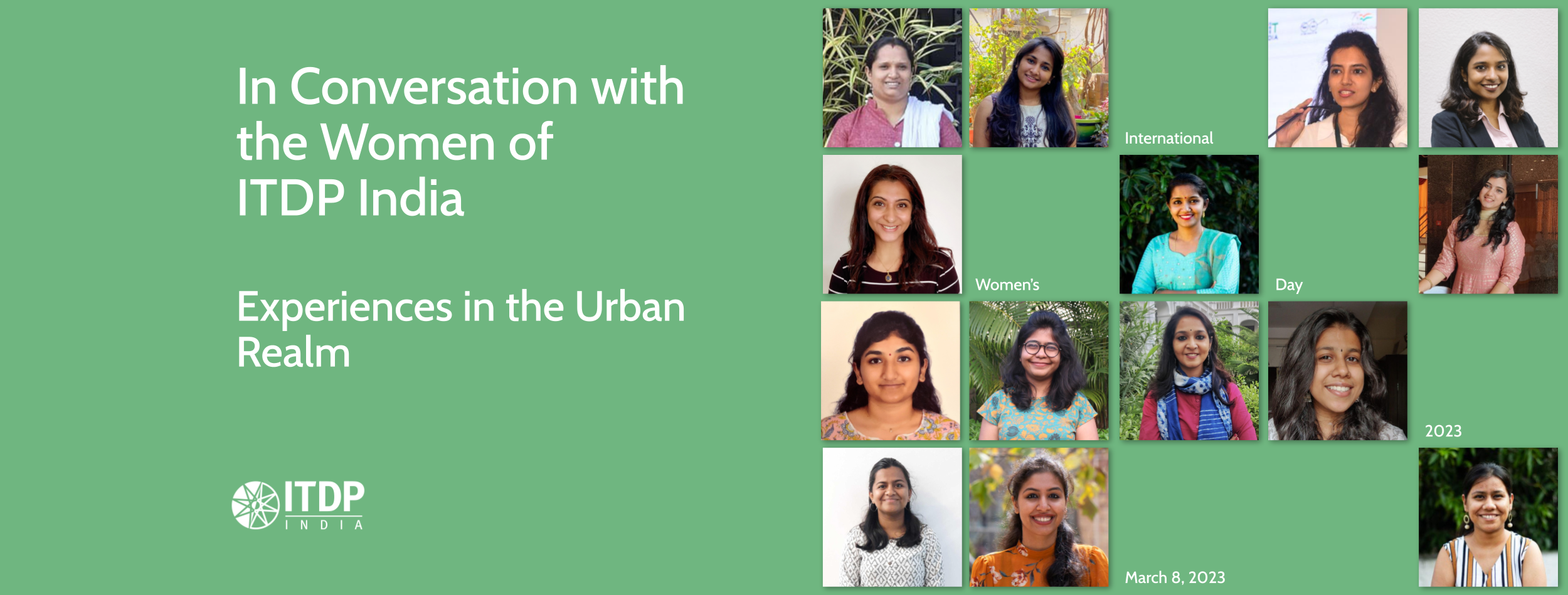On 16th August 2023, the Chennai Unified Metropolitan Transport Authority (CUMTA) signed a Memorandum of Understanding (MOU) with the Institute for Transportation and Development Policy (ITDP). Mr.Jeyakumar, IRTS, Member Secretary/Special Officer, CUMTA, signed the MOU with Ms.Aswathy Dilip, Managing Director, ITDP India in the presence of Ms.Apoorva, IAS, the Principal Secretary to the Government, Housing and Urban Development Department. Bringing all key agencies and stakeholders related to mobility under a single roof, CUMTA ensures seamless integration and implementation of all transport projects across various modes in Chennai.
As part of the engagement, ITDP will support CUMTA in embracing an approach of prioritising sustainable mobility—especially ensuring seamless multi-modal integration between various modes of transport; improving road safety of citizens while they use and shift between the various modes; and regulate private vehicle usage through efficient parking management.

The success of this approach requires two things—improved capacity of the city to plan and implement sustainable mobility initiatives and increased public suppport. To this effect, ITDP will provide technical expertise for projects, drawing from its experience of working with over 100 cities worldwide, and support CUMTA in facilitating workshops and knowledge exchange with local international agencies to share best practice and learnings. ITDP will also support CUMTA to develop and roll out communications and outreach activities to improve public understanding and support for these initiatives.
This engagement is a significant milestone on the city’s journey towards building a sustainable, equitable, and inclusive transport future for all its citizens and we look forward to supporting CUMTA in their efforts.




